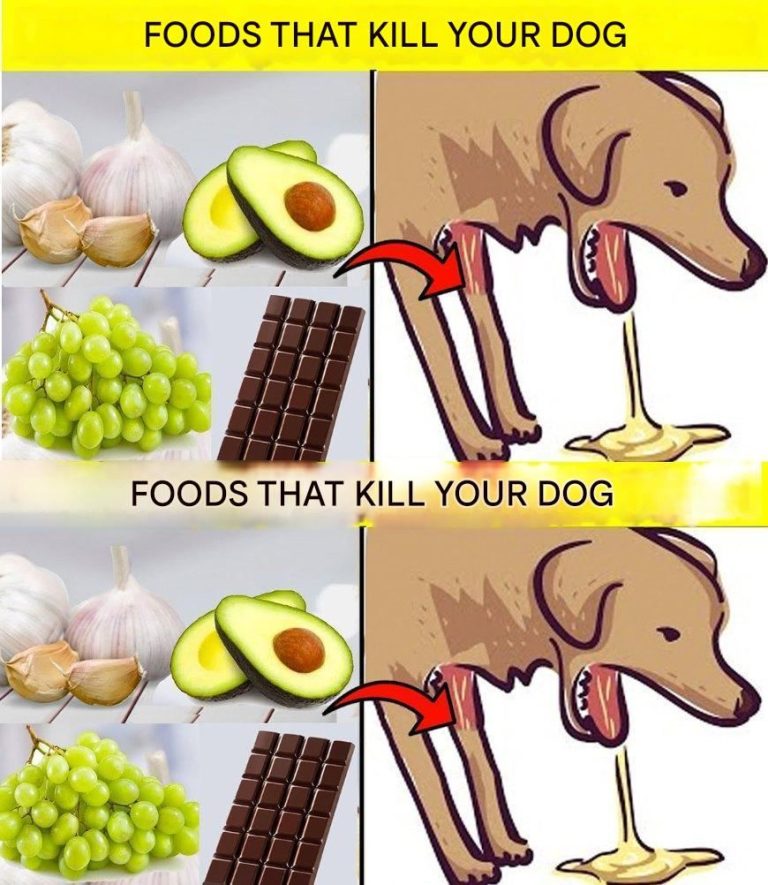ADVERTISEMENT
14. Peaches and Plums
Like cherries, peaches and plums contain pits that can cause cyanide poisoning in dogs. Even if your dog eats the flesh of the fruit, the pit should be removed before giving it to them. Ingesting the pit can lead to gastrointestinal distress or, worse, cyanide poisoning.
15. Rhubarb
Rhubarb leaves contain oxalates, which are toxic to dogs. Ingesting even small amounts can cause kidney failure, drooling, tremors, and vomiting. Rhubarb stalks, while less toxic, can also cause gastrointestinal issues if consumed in large quantities. Keep rhubarb out of reach of your pets to avoid any potential dangers.
16. Mustard Seeds
Mustard seeds, which are often found in condiments or seasoning mixes, contain compounds that can cause significant gastrointestinal distress in dogs. Consuming mustard seeds can lead to symptoms such as nausea, vomiting, diarrhea, and abdominal pain. If your dog eats mustard or mustard seeds, it’s important to monitor them closely.
17. Coconuts
While small amounts of coconut meat may not harm your dog, coconut water and other parts of the coconut can cause digestive issues. The high fat content in coconut products can lead to gastrointestinal upset, pancreatitis, or diarrhea in dogs. Coconut oil, in small amounts, is generally safe for dogs, but it’s best to avoid excessive consumption.
18. Potatoes (Raw and Green)
Raw potatoes, especially the green parts, contain solanine, a toxic substance that can cause vomiting, diarrhea, and even coma in dogs. Cooking potatoes reduces the solanine content, but it’s still important to avoid giving your dog raw or green potatoes to prevent potential poisoning.
19. Tomato Leaves and Stems
While ripe tomatoes are generally safe for dogs in moderation, the green parts of the plant—such as the leaves, stems, and unripe fruit—contain solanine, which can be toxic to dogs. Consuming these parts can lead to symptoms like nausea, vomiting, and diarrhea. Always remove the leaves and stems before offering your dog any tomato-based foods.
20. Sweeteners (Artificial and Sugar Alcohols)
In addition to xylitol, many other sugar substitutes—such as sorbitol—can cause digestive upset and poisoning in dogs. These sweeteners, which are commonly found in sugar-free foods, gum, and candy, can lead to bloating, diarrhea, and severe dehydration in pets.
21. Garlic (In Large Quantities)
While small amounts of garlic may not be lethal, large quantities can be toxic to dogs. Garlic contains compounds that can damage red blood cells and cause anemia. Symptoms of garlic poisoning include lethargy, weakness, and pale gums. It’s best to avoid giving your dog garlic, especially in large quantities or over time.
22. Fatty Foods and Fried Foods
High-fat foods, especially those that are fried or rich in oils, can lead to pancreatitis in dogs. Symptoms of pancreatitis include vomiting, abdominal pain, and lethargy. Avoid giving your dog fatty cuts of meat or fried food to prevent this painful and potentially life-threatening condition.
Conclusion: Keeping Your Dog Safe from Harmful Foods
As a responsible pet owner, it’s crucial to be aware of the foods that can be dangerous—and potentially deadly—to your dog. This list of 22 foods is just the beginning. It’s always important to double-check whether a food is safe before giving it to your dog, especially if it’s something you haven’t offered them before.
By keeping these dangerous foods out of reach and educating yourself on what’s safe and what’s not, you can help ensure that your dog lives a long, healthy, and happy life. If you suspect your dog has eaten something harmful, contact your veterinarian immediately for guidance and treatment.
Your dog trusts you to keep them safe, and by making smart choices about their diet, you can protect them from harm and show them the love they deserve.
ADVERTISEMENT
